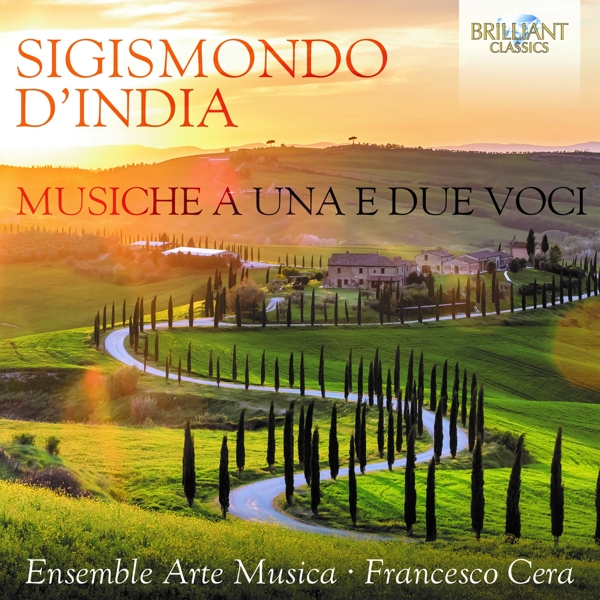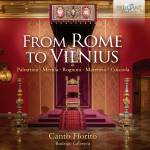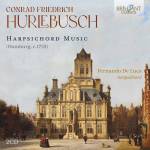Accessories |
My Account
|
Log In
|
English |
€ Euro |
Advanced Search
|
All Categories
BEST SELLER
500
NEW RELEASES
8.214
SPECIALS
231.916
Your search:
No selection
Filter results:
TECHNICS
268.506
GAMES/SOFTWARE
26.253
MUSIC
708.923
Other Classic
4.310
- Gregorian Musicol.
46
- Magnificat
20
- Mass
143
- Motet
75
- Oratorio
122
- Other Sacred Music
496
- Passion
62
- Requiem
69
- Sacred Cantata
124
- Sacred Madrigal
17
- Stabat Mater
11
- TeDeum
5
Symphonic Music
13.070
|
Music Movie Audiobooks Merchandise Children's |




















